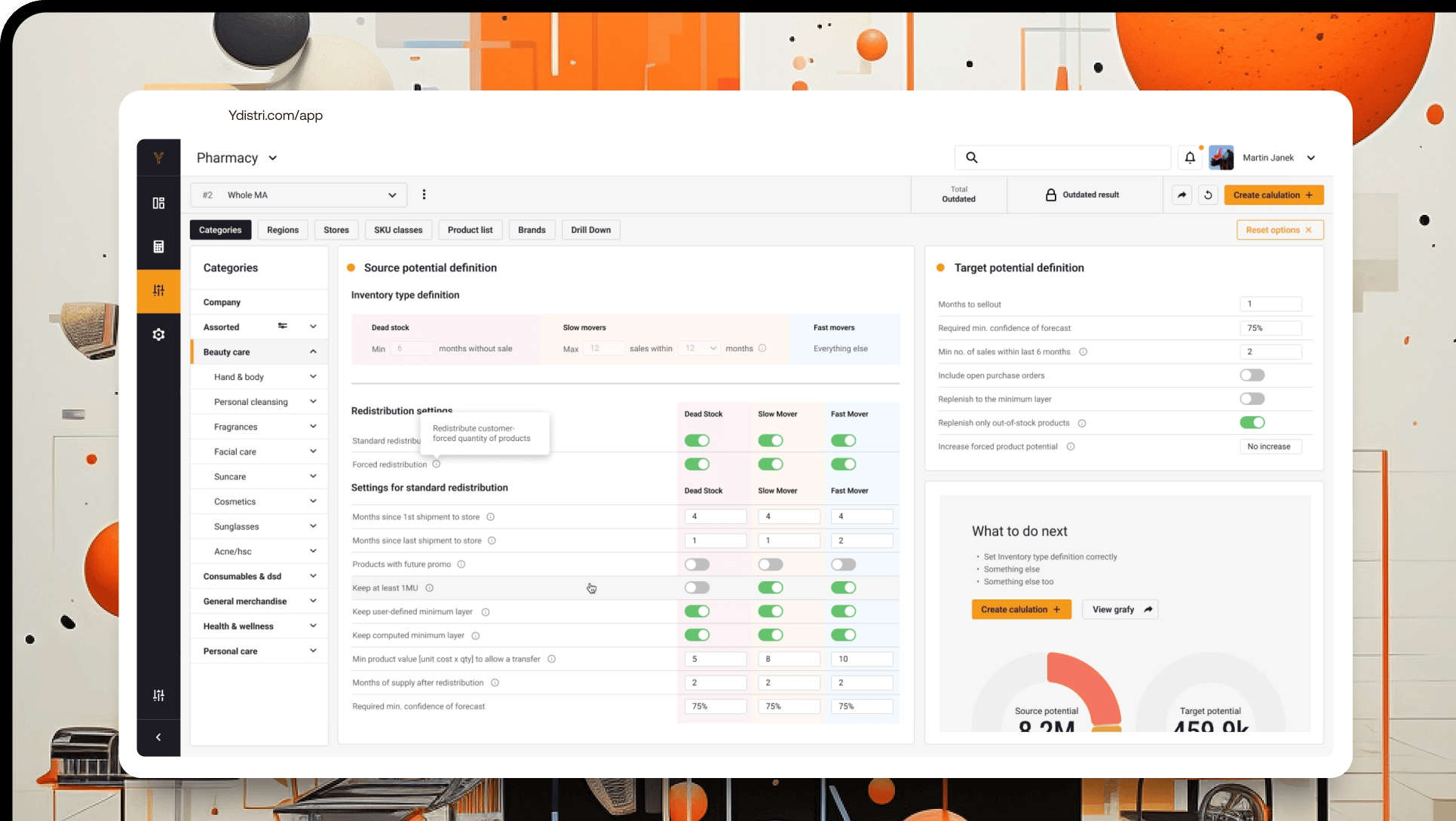The Hidden Costs of Inventory Mismanagement
Deadstock and overstock aren't just unsold items gathering dust; they silently chip away at profits. Every unsold product ties up capital that could be better used elsewhere, and the costs of storage, handling, and markdowns further reduce profitability. Plus, a cluttered sales floor or warehouse can hurt the shopping experience, leading to lower customer satisfaction and a weaker brand image. By tackling these issues head-on, retailers can unlock significant financial gains.




